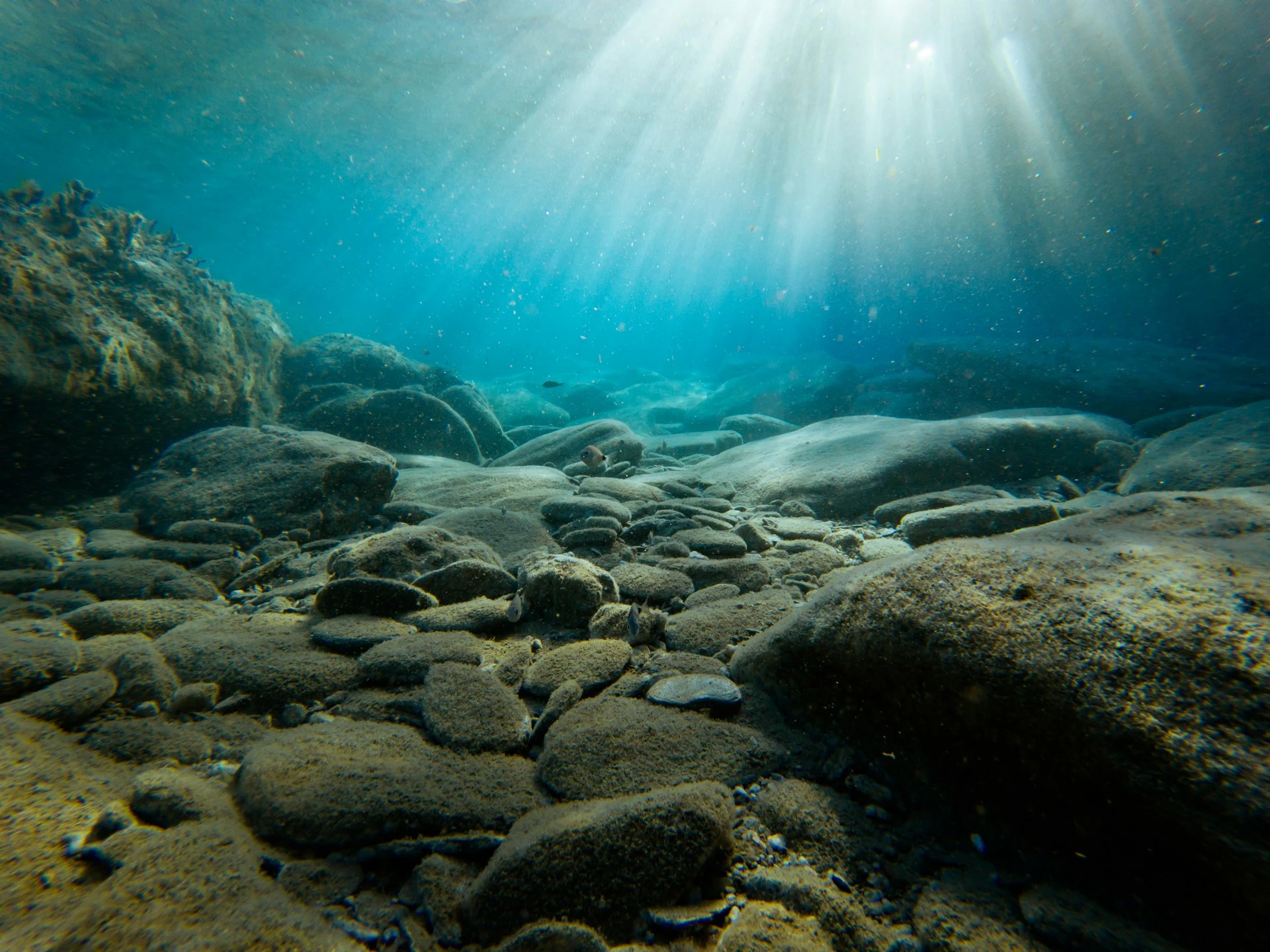
Photo by Yannis Papanastasopoulos on Unsplash
Scientists Discover Mysterious Oxygen Source Produced On Sea Floor
Scientists discover a “dark oxygen” source on the sea floor in the Pacific Ocean, in complete lack of sunlight. The phenomenon was revealed in a study published in Nature called “Evidence of dark oxygen production at the abyssal seafloor.”
However, the new discovery has raised multiple unanswered questions, starting with what exactly is producing this oxygen and how.
According to Nature, the mechanism behind it remains a mystery, but scientists suspect it has to do with elements in the location, such as the polymetallic nodules—plum-sized formations and their possible capabilities of splitting water molecules.
“We have another source of oxygen on the planet, other than photosynthesis,” said Andrew Sweetman, one of the authors of the study at the Scottish Association for Marine Science. Sweetman also explained that this new discovery could lead to further explanation of how life began, as well as the consequences of deep-sea mining practiced in the region.
The research began in 2013, when scientists were analyzing sea-floor ecosystems between Mexico and Hawaii, in the Clarion–Clipperton Zone. For the study, they released a module that sinks, performs experiments, and measures, gathering useful data for the experts. The instrument showed scientists that the water in the area studied got richer in oxygen.
Sweetman explained that, at first, they assumed the sensor was broken, but it kept giving similar results in following expeditions in 2021 and 2022. “I suddenly realized that for eight years I’d been ignoring this potentially amazing new process, 4,000 meters down on the ocean floor,” said Sweetman.
The amount of oxygen found was significantly, higher than in areas rich in algae, suggesting that the polymetallic nodules have an important role.
Biogeochemist at the University of Southern Denmark Donald Canfield found the study “fascinating,” but also frustrating “because it raises a lot of questions and not very many answers.”


 Previous Story
Previous Story

 Latest articles
Latest articles 

Leave a Comment
Cancel